Unagi Model One Voyager review: just as stunning but now longer-lasting
Unagi Model One Voyager: Two-minute review
The Unagi Model One Voyager follows in the footsteps of its predecessor. Now bearing the moniker “Classic,” the Unagi Model One has established itself as one of the best electric scooters on the market for its sleek and sexy look, lightweight and modern minimalist design, and effortless use. However, it’s plagued with 7.5-inch solid tires that are only really ideal if you live in a city with immaculate roads. Anywhere else, which is pretty much everywhere, they’re a literal headache to ride on.
Unfortunately, the Model One Voyager has inherited that same curse. There are some welcome improvements here, of course. It now has a longer range, faster charging time, more torque, and mobile app support, all of which are welcome upgrades. But where the upgrades would have mattered – better shock absorption, for one – there aren’t any.
And so having the ability to ride this for up to 25 miles (as opposed to the original’s 15 miles) is for naught – because I wouldn’t want to be riding that long or even half that distance if my whole body, including my brain, is vibrating during a good chunk of it.
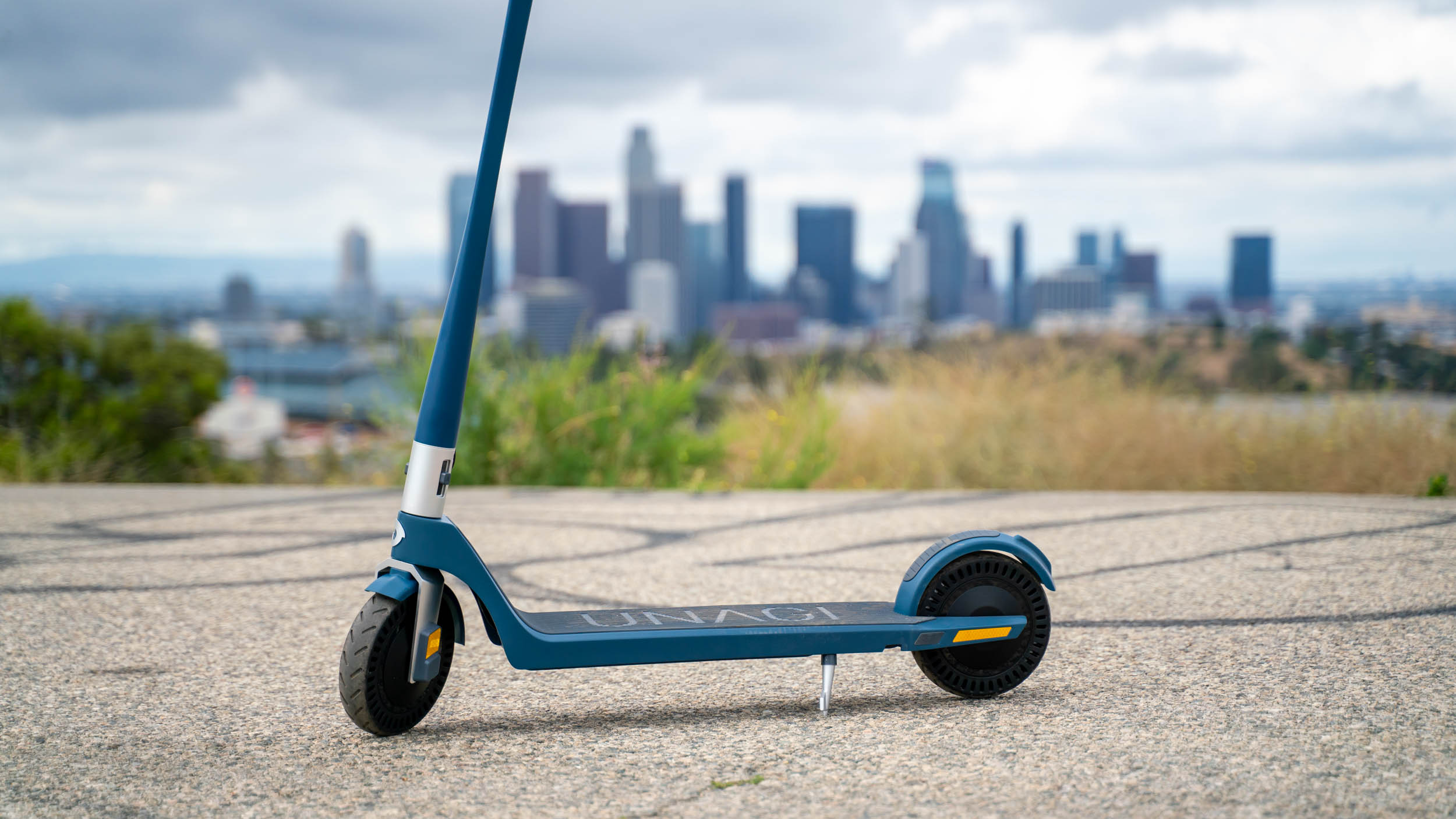
That isn’t to diminish the Unagi Model One Voyager’s strengths. I absolutely love its sleek, lightweight, and modern minimalist approach with its thin and elegant yet still very robust stem (apparently made of the same carbon fiber as the Space-X rockets), and its luxurious and stylish handlebar that houses a straightforward dashboard and intuitive controls.
Overall, it’s simply a stunner, and it comes in four different colors as well – Cobalt Blue, Cool Mist, Matte Black, and Latte – making it stand out even more in a sea of black e-scooters and among the best electric scooters for students (or at least for students whose parents can afford to splurge over $1,000/£1,000 on an e-scooter for them).
It’s a great example of when design meets function, and riding on this electric scooter feels like you’re doing so in the future, circa 2049.
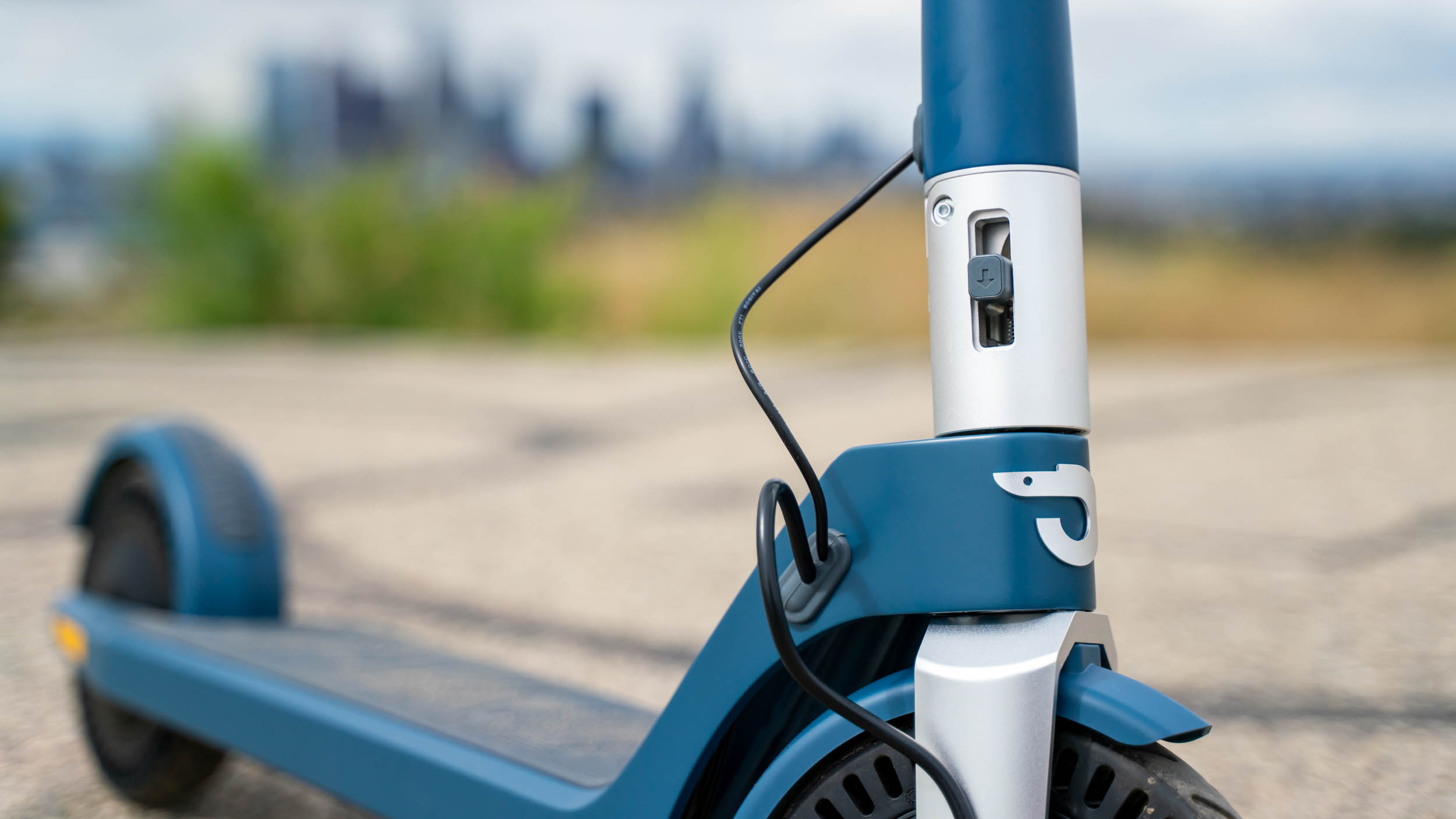
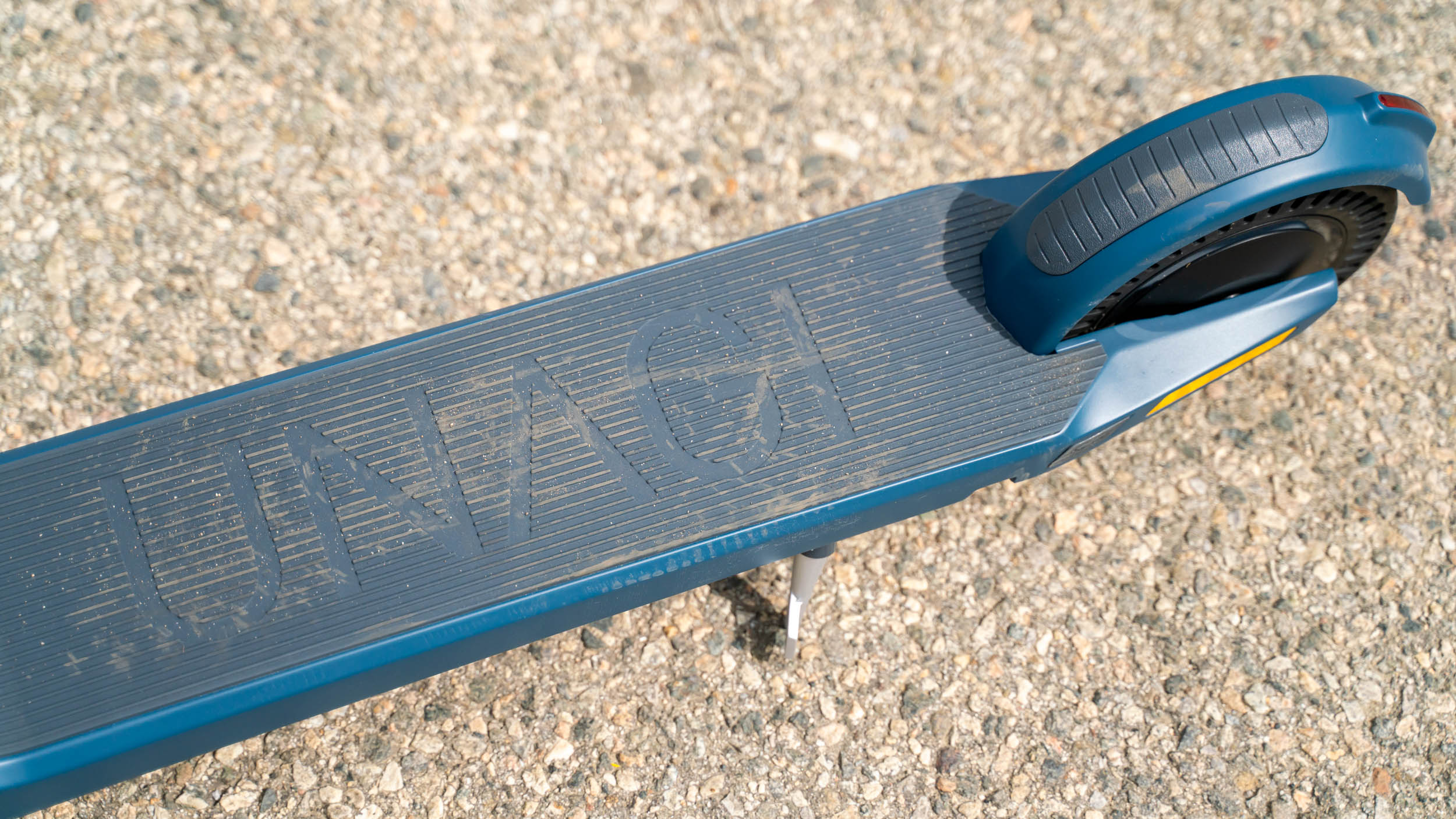
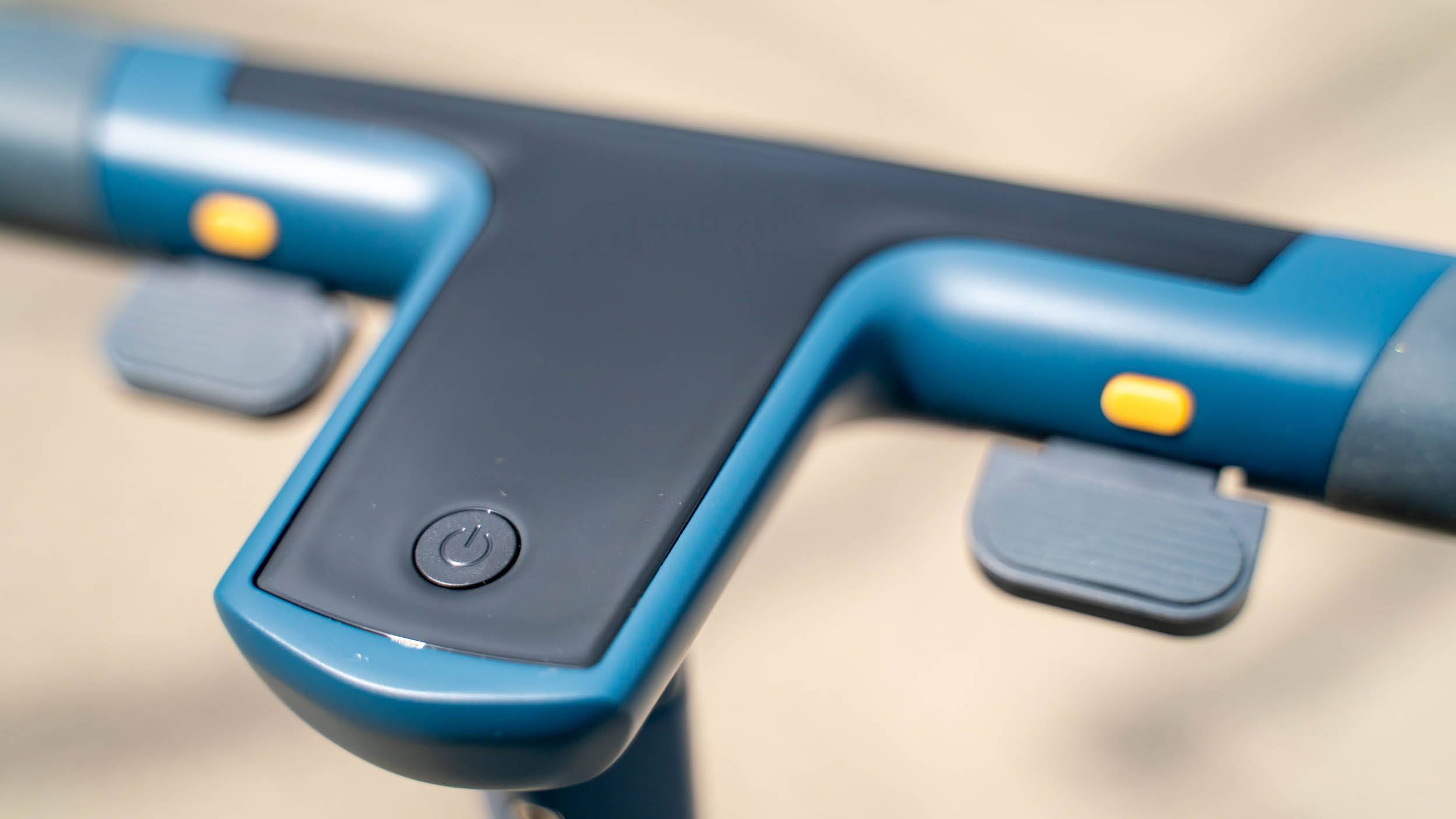
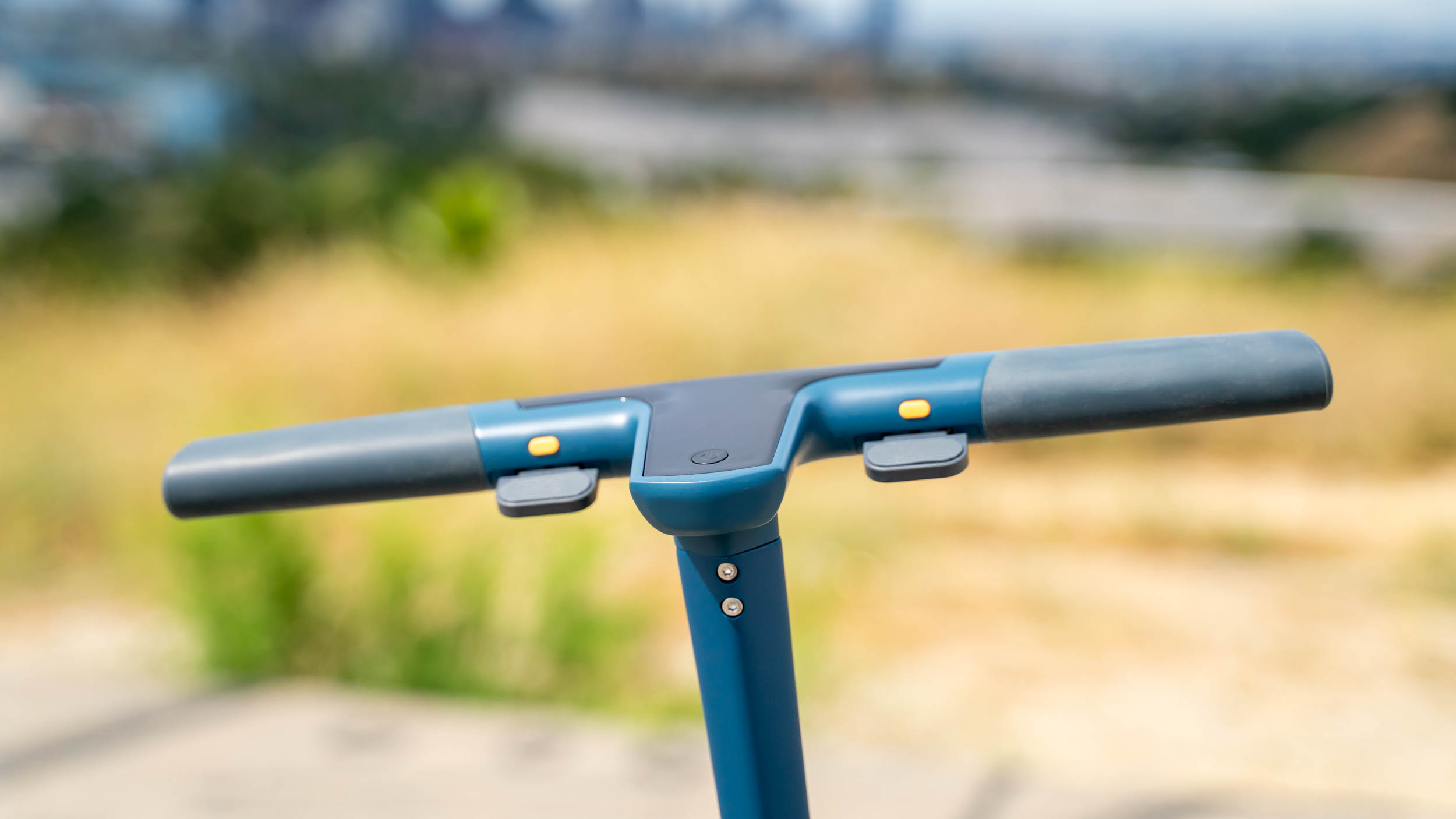
There’s a long list of thoughtful details as well that make it an e-scooter of the future. The folding mechanism, for one, is one of the easiest to operate that I’ve seen. You simply fold down the lever and pull the stem down. It automatically locks itself securely in place without any fasteners you’d have to hook yourself, and unfolding is just as easy.
More to that point, the deck is thin but somehow spacious enough for average-sized adults to stand comfortably on. And the rubber top does a fantastic job of preventing accidental slips.
Meanwhile, both the brake and the throttle, identical-looking, are levers – which I find easier to handle and less fatiguing. As for the physical controls, there is a separate riding mode button within easy reach so you can effortlessly change modes and speed up when necessary. And finally, the dashboard is decently visible in daylight, so you won’t have to squint when checking your speed and other settings during a ride.
I just wish they had improved on that kickstand. It’s still too short to keep the e-scooter stable at rest. I’ve lost count of how many times mine has toppled over from the slightest pressure.
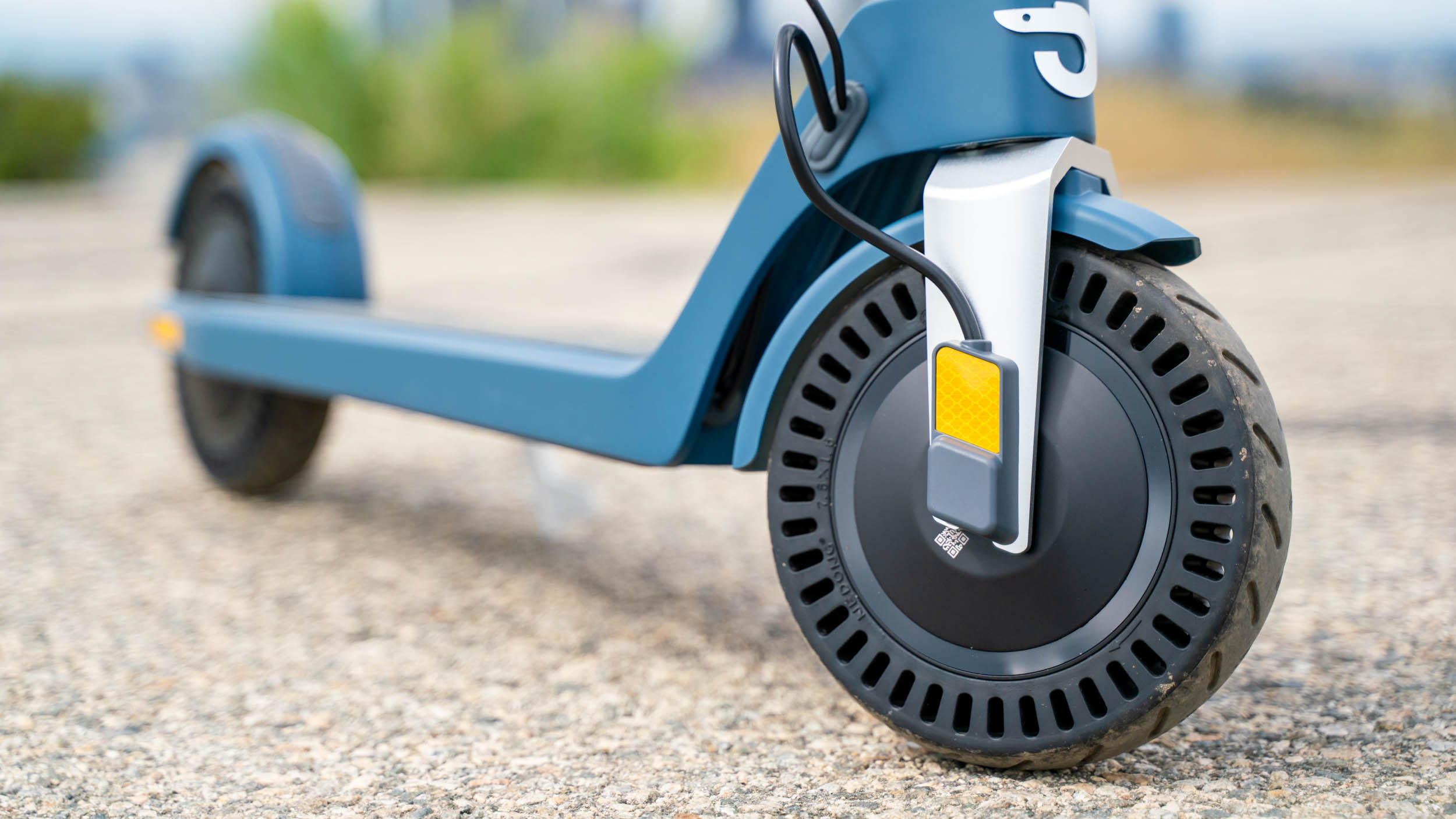
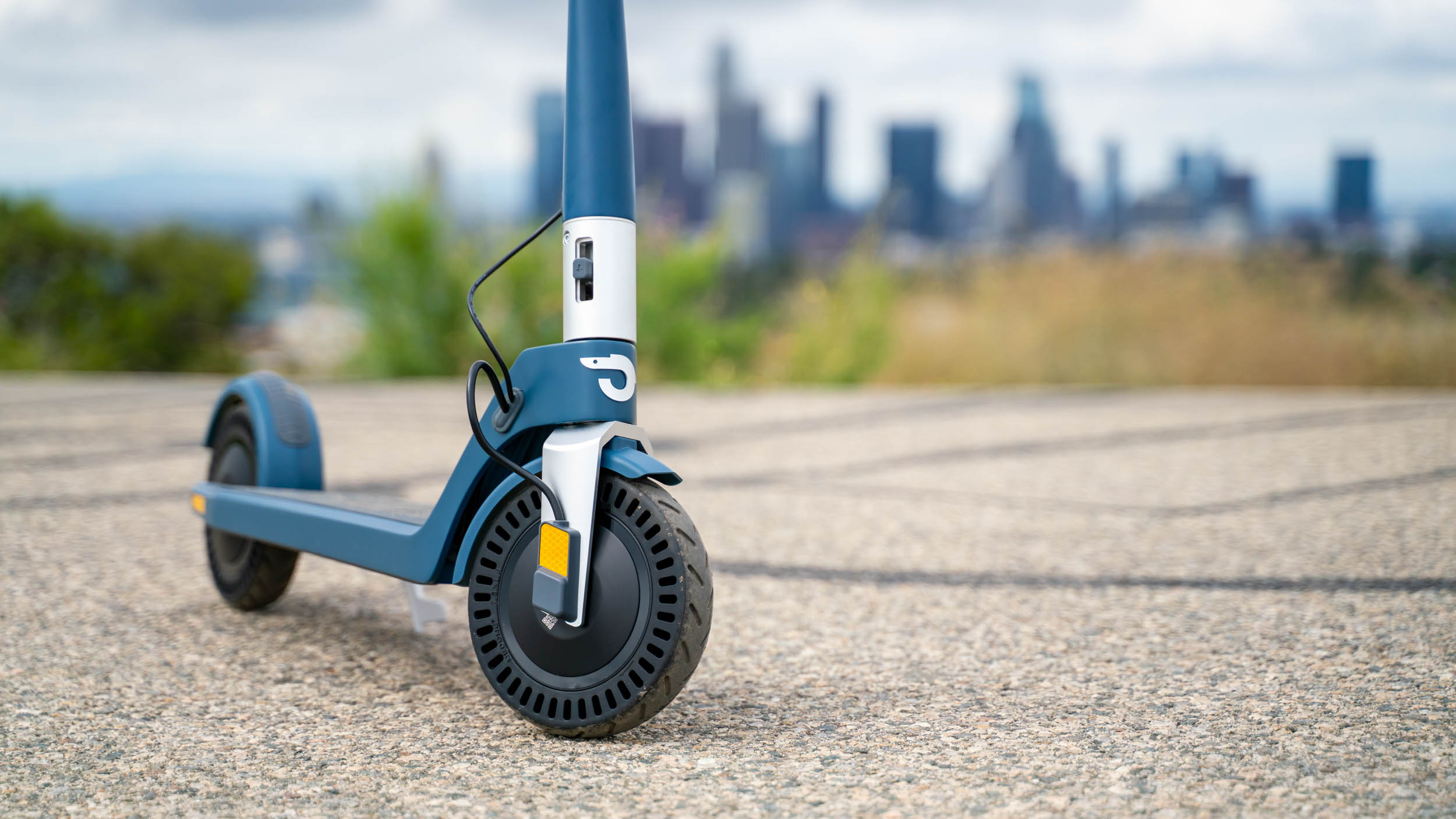
Physically, the Model One Voyager looks every bit like the Model One Classic, which is all well and good. No one needs to reinvent the wheel – unless, of course, the wheels just aren’t cutting it, which is the case here. It also inherits the Classic’s 7.5-inch solid tires, which to their credit, are puncture-proof due to their nature.
However, due to that very nature as well as their size, they’re just not the best at absorbing shocks. In fact, while Unagi tries to fix that by installing “air pockets” on them to act as the suspension system, shock absorption on this is practically non-existent.
As a result, riding the Unagi Model One Voyager on anything other than nicely-paved roads will give you a headache. If you were to ride this e-scooter in Singapore or Switzerland, both of which have top-notch road quality, then you’d have the smoothest rides. Unfortunately, in many e-scooter-friendly cities like Los Angeles, it’s not the most ideal. And I’m not exaggerating about the headache – I rode this thing around my neighborhood and I got a migraine after 10 minutes of riding.
It is, however, nice to have better-performing brakes than the Classic. While the foot brake is not the best, the hand brake is actually very powerful and responsive. Just keep in mind, however, that the brake lever itself doesn’t have a lot of resistance, which means it’s very easy to press it hard. I would do some practice rides first to get used to the brake lever before taking this out on the road.
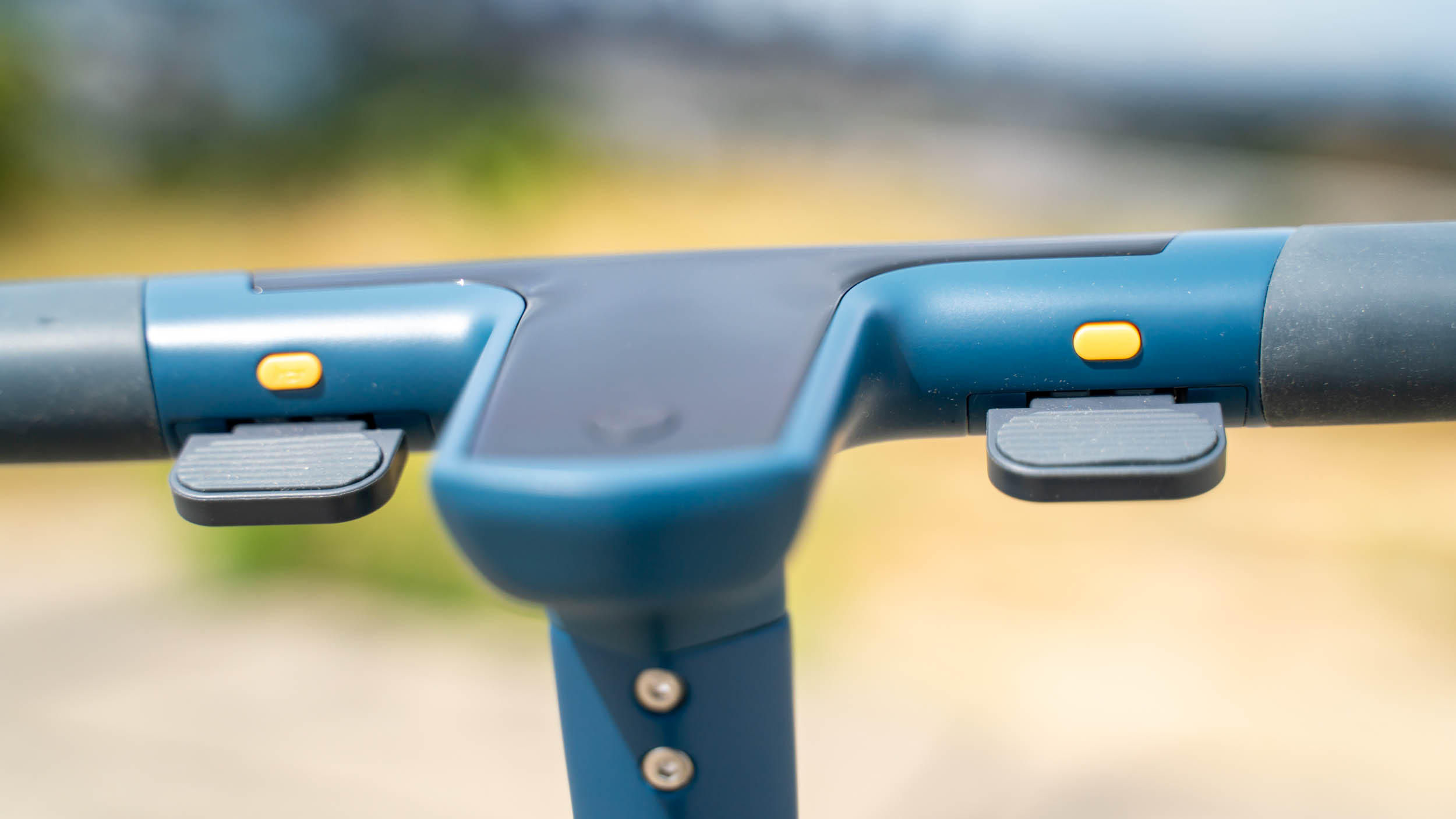
The throttle is just fantastic. It doesn’t matter what mode you’re on; because this has more torque, it picks up speed quickly so you can get going and be on your way within a fraction of a second. And with a top speed of 20mph, you can get to your destination faster – at least on roads where you can go faster than 15mph.
I would skip riding this on hilly roads, however. Unagi hasn’t listed its hill grade rating, but it struggled to stay above 7mph on a 15-degree hill during my testing. On the plus side, Unagi slaps on a bigger battery, one with fast-charging capabilities. So you’re getting up to 25 miles of ride time and only need about two hours of charging to get to 80%.
That’s certainly a nice improvement. However, I’d rather be charging every night and have smoother rides on my daily commutes than charge less frequently and get a headache every time I’m riding my e-scooter.
Unagi Model One Voyager: Price & availability
- How much does it cost? $1,490 (about £1,200 / AU$2,350)
- When is it available? Ships in March 2024
- Where can you get it? Available for pre-order in the US
The Unagi Model One Voyager won’t be making anyone’s best budget electric scooters list anytime soon. If you think the Classic was expensive, get a load of the price tag on this. It’ll set you back a whopping $1,490 (about £1,200 / AU$2,350), which is a massive jump from the Classic’s $990 / £899 / AU$1,299 release price – hardly justifiable, even if you’re getting a bit more power and a better battery.
If you’re seeking something more affordable, consider the Levy Plus ($749 / £560 / AU$1,095) or the NIU KQi3 Pro ($799 / £699 / AU$1,279), both of which are fantastic alternatives.
If you want the Unagi Model One Voyager and are willing to shell out that much money, it’s available now in the US for pre-order. Unagi won’t start shipping units out until March 2024, according to its website. And it’s not currently available for pre-order in the UK and Australia.
- Value: 3 / 5
Unagi Model One Voyager: Specs

Should you buy the Unagi Model One Voyager?
Buy it if...
You want something stylish and very lightweight
There’s no denying that the Unagi Model One Voyager is one of the sexiest e-scooters on the market. And it’s incredibly lightweight as well, making it easy to store or carry.
You’ve got deep pockets
That style and those upgrades come at a cost. It’s even pricier than the Model One Classic, putting it out of reach for budget-minded consumers.
You live in a city with excellent road quality
If the city or town you live in has the smoothest, best quality roads, this is the e-scooter to get. Otherwise, you’re better off looking for other options, many of which are much more affordable too.
Don't buy it if...
You want a smooth yet affordable ride
It’s expensive and its 7.5-inch solid tires are not best for rougher roads. Don’t worry; there are plenty of other options that will suit your needs and budget.
Unagi Model One Voyager: Also consider
How I tested the Unagi Model One Voyager
- Spent a couple of weeks testing the Unagi Model One Voyager
- Rode it on paved paths as well as rougher trails and hilly roads
- Tested its performance and features in real-world scenarios
With LA being an e-scooter-friendly city, I regularly used the Unagi Model One Voyager to run errands and for rides around the neighborhoods for a couple of weeks.
I rode it up and down a hill, testing its brakes in the process, and on rougher roads, seeing if its tires are able to offer enough traction and how good (or bad) its ability is to absorb shock. I also tested its battery life as well. And, while there aren't a lot of features here, I made sure to test the basic ones that it does offer.
I've been a regular electric scooter user for years and have tested and reviewed many of the top models on the market for different publications, including TechRadar and T3.
First reviewed October 2023
0 comments:
Post a Comment